In organizations where process improvement efforts are merely paid lip service and seen as a nice-to-have rather than a necessity, any deficiencies tend to worsen. Consequently, the urgent battle to maintain continuous improvement on the corporate agenda sometimes takes precedence over deliberate and systematic approaches for those directly engaged in Continuous Improvement (CI) programs.
We all have customers, and we all serve as customers.
Never forget that you have customers, but remember that you are also a customer yourself. To succeed in any project, it’s crucial to be upfront about your needs from your sponsor, colleagues, process owners, related departments, or other suppliers. This includes clearly communicating your timelines for when their assistance is required. Always articulate these needs and explain the potential consequences for your project and the organization if any of your suppliers fall short. This ensures that those pivotal to your success cannot adopt a “no impact, so no problem if I don’t deliver” mindset. Also, it’s a good practice to have a contingency plan in place, just in case.
Stay vigilant for opportunities to enhance processes.
You might not always work on game-changing projects, but there’s usually room for incremental improvements everywhere. By consistently making minor enhancements, you’ll eventually develop a considerably more efficient process in the long run. The collective effect of small improvements can indeed surpass the impact of larger changes. Given the constant evolution of technology, best practices, and shifting customer preferences, there will always be a better way. Therefore, remain vigilant for such opportunities, and encourage others to do the same.
Everyone is busy, and effort requires motivation.
If you want someone to go the extra mile, you must provide them with a compelling reason to do so. This entails being crystal clear about what you need and when you need it, while aligning these requirements with why you need them and the direct benefits for stakeholders, including those you seek support from. If your colleagues don’t grasp the value of your objectives, they are less likely to join you in the journey or lend their assistance.
Successful change demands both hearts and minds.
In a landscape marked by competing projects and limited resources, even excellent ideas need effective persuasion. Continuously consider the needs and motivations of your stakeholders and continually underscore why your proposal appeals to them. Apply Pareto’s Law to shape your stakeholder strategy in a way that positions your project among the 20% of activities perceived as delivering the highest impact. Avoid being relegated to the majority of change initiatives that go unnoticed or unexplored.
A complex analysis should yield a simple conclusion.
Your analysis serves as the journey, and your conclusions represent the destination. However, for business stakeholders, it’s the destination that matters most. The simpler your conclusions, the faster you’ll gain their approval. Present your conclusions upfront and utilize your analysis to support them. Always prioritize simplicity and ensure that your communication emphasizes this order of importance.
Harness advocates to gain an advantage.
When the going gets tough, even the most resilient individuals benefit from support. Having influential advocates on your side makes implementing organizational change easier. Ideally, your advocates should include executives, senior management, project champions, sponsors, and opinion leaders at all levels. If these potential advocates aren’t aligned with your goals, investigate the reasons and work to align their perspectives with yours. Address this early to avoid future project delays and minimize frustration.
Persistence is admirable, but only to a point.
If it requires substantial effort and time to prove your point, ensure that it’s worthwhile—for both you and your sponsor. Persistence is a commendable trait and essential for success, but it’s equally crucial to recognize when to pivot and move on. There may be instances where investing your passion in alternative projects is necessary for long-term success, so remain adaptable.
Communicate frequently and actively seek feedback.
While the need for communication may seem self-evident, it’s essential to ensure it’s a two-way exchange. Sometimes, minimal or no feedback may indicate agreement, but it can also signify that your message didn’t reach the right audience or was simply disregarded. In organizations, change is often perceived as challenging and may be dismissed without due consideration. If you need to adjust your plans or temporarily shelve your ideas, do so. It’s better to have adaptable plans that need modification than unexamined proposals buried without a trace.
Perspective is crucial, and yours is just one of many.
Failing to explore your stakeholders’ perspectives means you’ll never truly understand their motivations. Without comprehending their motivations, driving change becomes improbable. Consider factors such as context, experience, politics, priorities, targets, self-interests, misunderstandings, and the individual nuances of each perspective. Hidden agendas can often remain concealed. Therefore, familiarize yourself with your stakeholders, explore their viewpoints, and, most importantly, demonstrate empathy. While you may not always uncover the complete truth or all their thoughts, asking will get you closer than not asking at all. Once you genuinely grasp your stakeholders’ perspectives, you’ll be well-prepared to address points four and six.
Use improvement tools to add value, not just to check boxes.
As in most aspects of life, it’s essential to select the right tools for Lean Six Sigma projects rather than employing techniques for the sake of it. Mastery of tools comes through trial and error, post-training experience, and demonstrating your grasp of techniques during Belt certification. Once you’ve identified the appropriate tools, you’ll be amazed by the quality and pace of progress you can achieve. Similarly, apply the DMAIC (Six Sigma methodology) approach only when warranted. If the solution is glaringly evident, just go ahead and implement it. While improvement projects and activities should be robust, this doesn’t imply a need for excessive complexity or deep analysis on every occasion. Simplicity is often superior, and remember that over-processing is one of the seven deadly wastes in Lean Six Sigma.

